A planet that has many moons is classified as what?
Jovian
A supernova which gets really bright and then its luminosity gradually decreases is known as what type of supernova?
Type I
This galaxy is classified as what kind of galaxy?
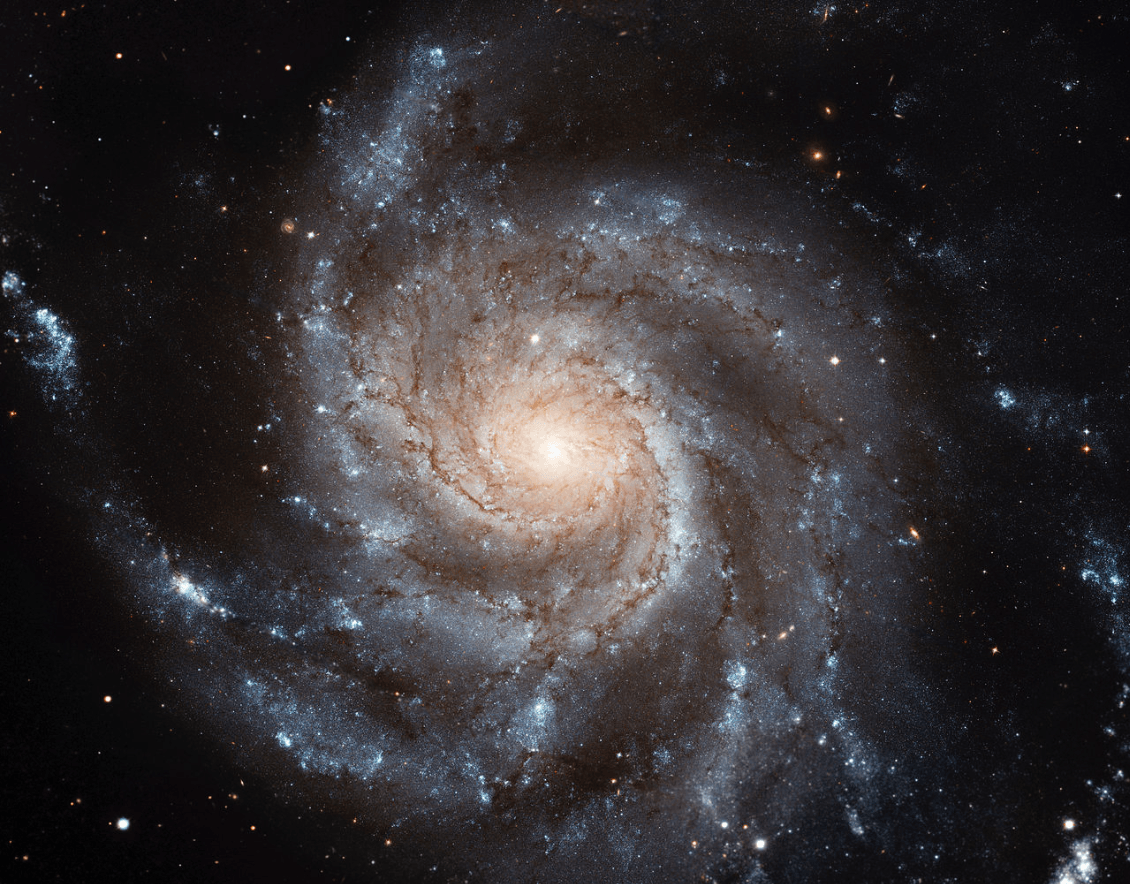
Spiral
Big icy rocks that cannot enter Earth's atmosphere are called what?
Comets
On the electromagnetic spectrum, which waves have the shortest wavelength?
Gamma-rays
What season is the below image depicting for the Northern Hemisphere?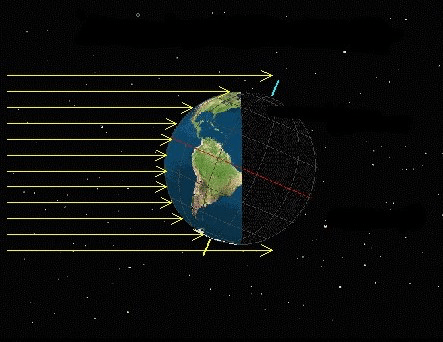
Winter
As a main sequence star dies, it leaves the main sequence and becomes what?
Red Giant
How do we classify this galaxy?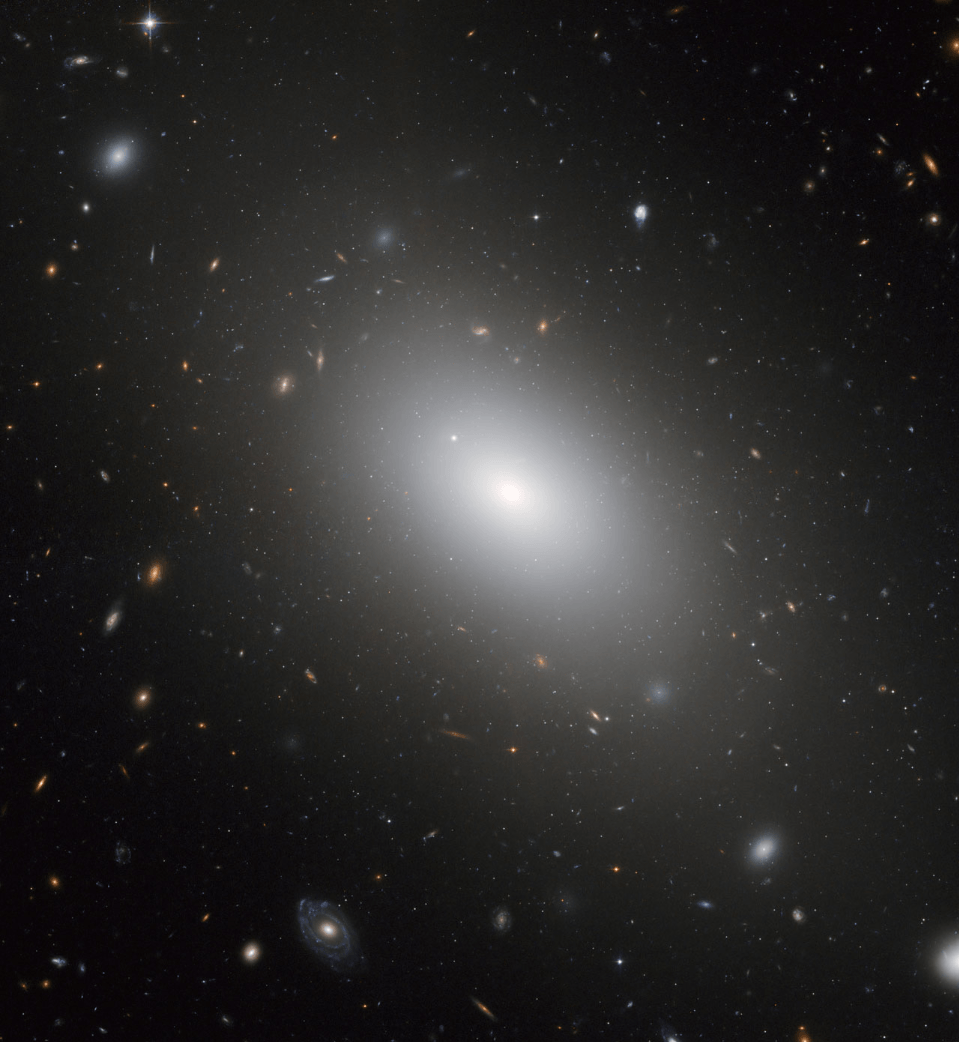
Elliptical
Rocks that enter Earth's atmosphere and become vaporized are called what?
Meteors
What is the frequency if the wave has a period of 10 seconds?
0.1
The asteroid belt beyond Pluto that contains possibly 50 dwarf planets is called what?
The Kuiper Belt
Orange
How do we classify this galaxy?
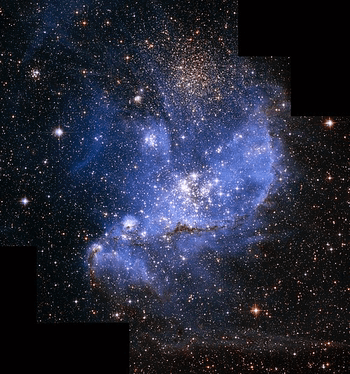
Irregular
A very large rock that weighs more than 10,000 tons is called what?
Asteroid
What is the mass of an object if a horizontal force of 100 N is applied to it so that the object accelerates at 20 m/s^2?
5 kg
Why is Pluto's orbit odd?
Pluto orbits within Neptune's orbit
Nuclear Fusion (hydrogen is slammed together to form helium in a star) problem:
How much energy can be produced by the complete annihilation of 200,000 g?
1.8x10^19
How do we classify this galaxy?
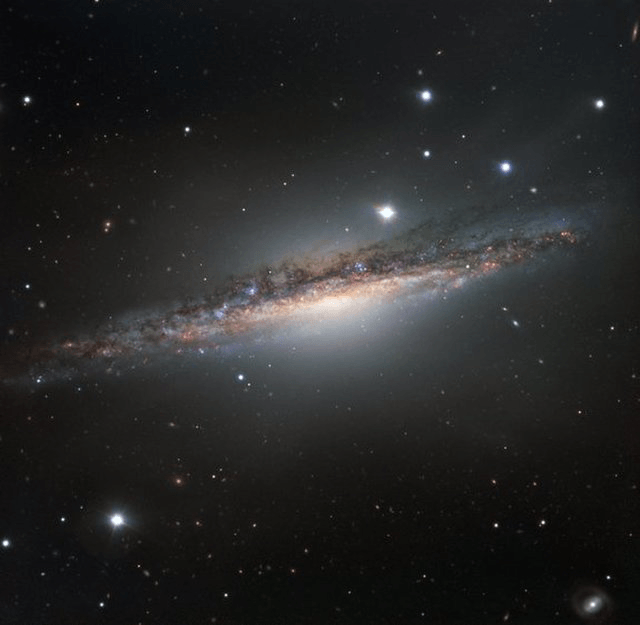
Spiral
These young Earthlings are sitting on a(n):

Meteorite
A star is spotted with a temperature of 32,000 K. What is its wavelength emission in nanometers?
91 nm
What is unusual about the rotation of Uranus?
Uranus is tipped on its side.
If a star has a luminosity of 25 and a temperature of 2, what is its radius?
1.25
Label the parts of this galaxy (#1 starts on the left)
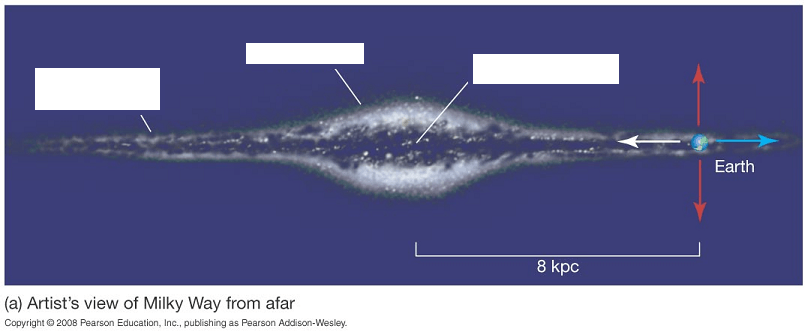
#1: Galactic disk
#2: Galactic bulge
#3: Galactic center
This debris can be classified as what?

Meteoroid
24 light years